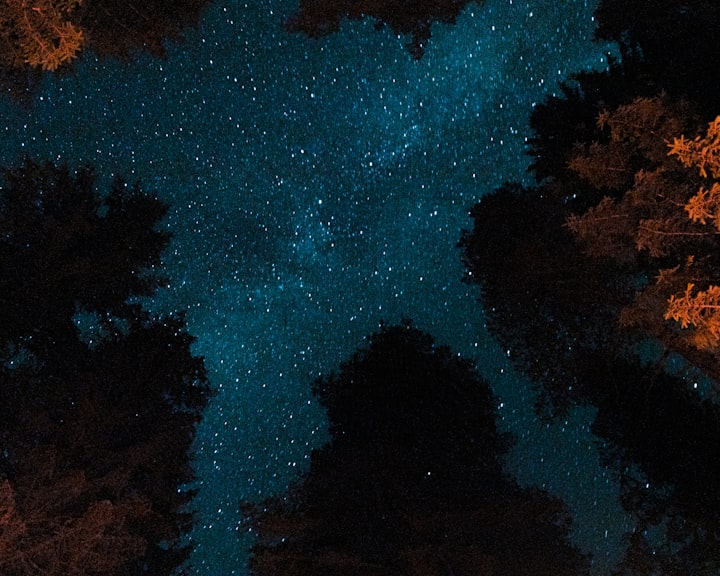
The Milky Way is a barred spiral galaxy that is home to our Solar System. It is estimated to contain between 100 and 400 billion stars and is about 100,000 light-years across. The Milky Way is one of billions of galaxies in the observable universe and is part of the Local Group, which includes the Andromeda Galaxy, the Triangulum Galaxy, and dozens of smaller galaxies.
The Milky Way gets its name from the milky, diffuse band of light that can be seen stretching across the night sky. This band of light is actually made up of billions of individual stars and is the result of our view of the galaxy from within. When we look towards the center of the Milky Way, we are looking towards the most dense and brightest part of the galaxy.
The Milky Way is thought to have formed about 13.6 billion years ago, shortly after the Big Bang. Its structure is made up of a central bar-shaped region surrounded by four spiral arms. The spiral arms are made up of stars, gas, and dust, and are believed to be regions of active star formation.
The Milky Way is also home to a number of important astronomical objects and phenomena, including the supermassive black hole Sagittarius A* located at the center of the galaxy, as well as a number of globular clusters, open clusters, and nebulae. In addition, the Milky Way is surrounded by a halo of dark matter, which is thought to make up about 85% of the galaxy's mass.
Galaxies are massive collections of stars, gas, dust, and dark matter bound together by gravity. They are the building blocks of the universe, containing billions of stars and countless other celestial objects. The Milky Way is our home galaxy, a barred spiral galaxy that is about 100,000 light-years across and contains billions of stars, including our own sun.
The Milky Way is named after the band of light that is visible in the night sky, which is caused by the concentration of stars and gas in the disk of the galaxy. The disk is surrounded by a halo of older stars and globular clusters, and the whole system is thought to contain several hundred billion stars.
In addition to stars and gas, the Milky Way also contains dark matter, a mysterious substance that makes up about 85% of the matter in the universe. Dark matter cannot be seen directly, but its presence can be inferred from its gravitational effects on visible matter.
The structure of the Milky Way is still not fully understood, but astronomers believe that it consists of a central bulge, a disk, and spiral arms. The central bulge contains older stars and is surrounded by a disk of gas and younger stars. The spiral arms are regions of high density where stars and gas are concentrated, and they rotate around the center of the galaxy.
In recent years, astronomers have used advanced telescopes and computer simulations to study the structure and evolution of the Milky Way. They have also discovered that the Milky Way is just one of many galaxies in the universe, and that there are billions of other galaxies scattered throughout the cosmos.
Overall, the Milky Way is a fascinating and complex object that is still being studied and explored by astronomers around the world. By understanding its structure and properties, scientists hope to learn more about the origins and evolution of the universe as a whole.
L I KE I F E N J O Y E D R E A D I N G T H I S P I E C E.





Comments
There are no comments for this story
Be the first to respond and start the conversation.